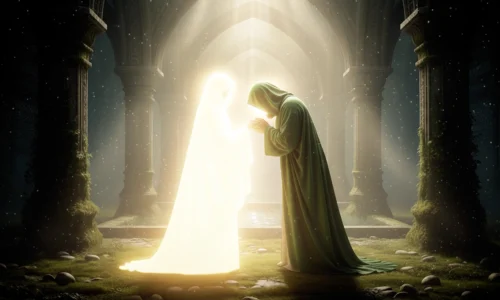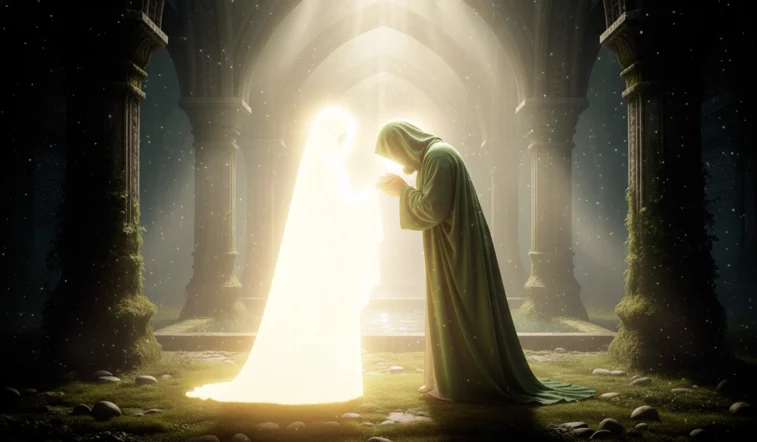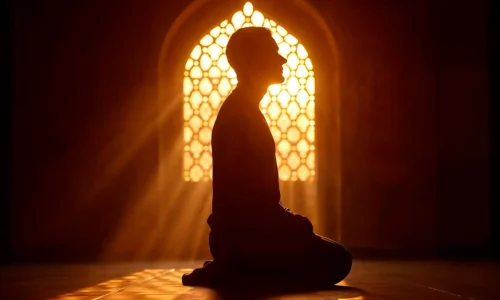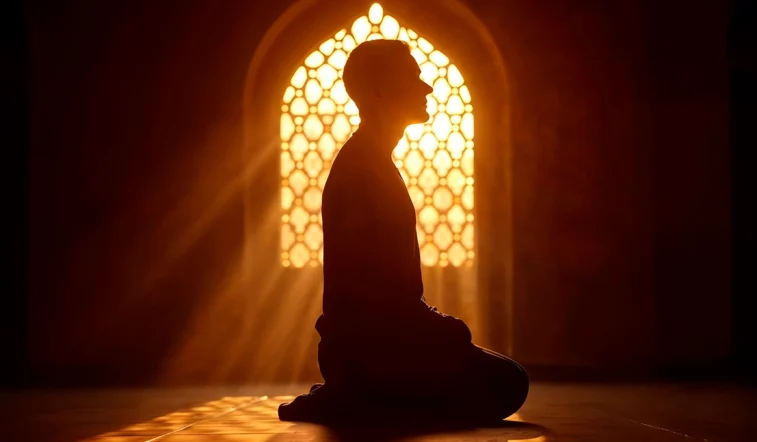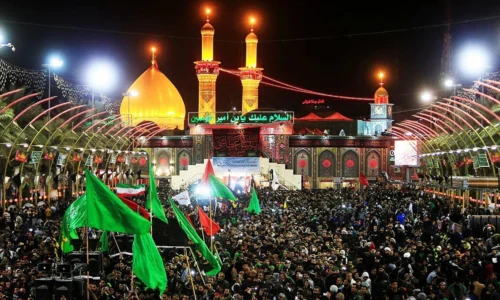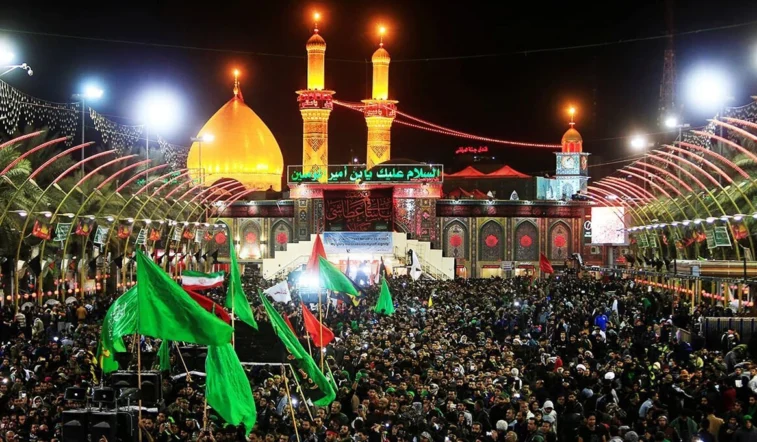The belief in the return of Imam Mahdi (AJ)—the 12th and final Imam in Shia Islam—is a foundational part of Islamic eschatology. His reappearance is seen as the dawn of global justice, the defeat of tyranny, and the fulfillment of divine promises made by God to humanity. But before his long-awaited return, Islamic traditions speak of numerous signs—some general and others very specific—that will precede his advent.
This article explores the major and minor signs of Imam Mahdi’s reappearance, as described in Islamic sources, particularly Shia narrations, and what they mean for believers living in the time of occultation.
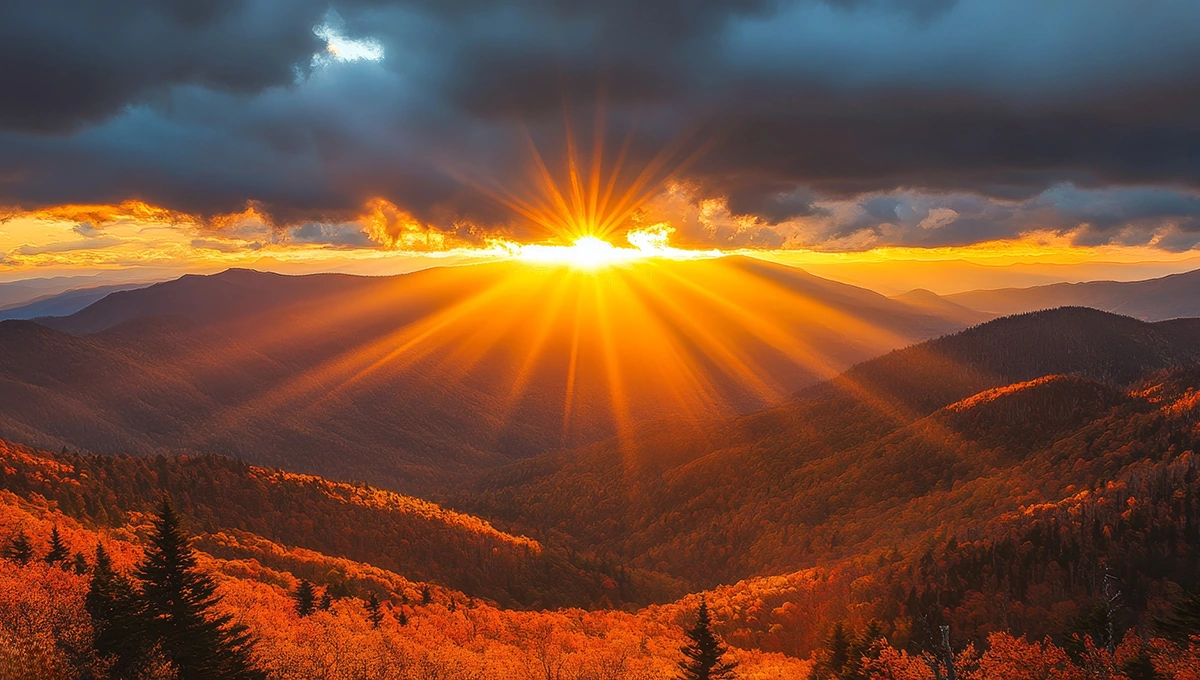
Why Are There Signs Before the Reappearance?
The signs serve several divine and practical purposes:
- Preparation: They spiritually and mentally prepare the believers for a transformative era.
- Hope and vigilance: They maintain anticipation and hope during times of trial.
- Testing faith: They separate the sincere from the hypocritical.
- Recognition: They help the faithful distinguish the true Mahdi from impostors.
According to the narrations, while many signs are not fixed (they can be altered or delayed by divine will), five signs are definite and will unmistakably occur before the appearance of the Imam.
The Five Definite Signs
1. The Rise of Sufyani
One of the most well-known signs is the emergence of a tyrant known as Sufyani. He will arise in the region of Syria (Shaam) and wage war against the followers of the Ahlul Bayt. His regime will be brutal, marked by killing, corruption, and destruction. Eventually, he will march towards Iraq and aim to suppress the supporters of the Imam. However, his army will face divine punishment.
“Sufyani is from the offspring of Abu Sufyan… he will rule for nine months, spreading tyranny and oppression.”
~Bihar al-Anwar, vol. 52
2. The Heavenly Cry (Al-Sayhah)
A miraculous event that will shake the world is the Heavenly Call—a loud cry from the sky announcing the coming of Imam Mahdi (AJ). It will be heard by all people, in their own language, and will remove any doubt about his identity.
“A call will come from the sky… ‘Indeed, the truth is with Ali and his followers!’”
~Kamal al-Din by Shaykh Saduq
This event is said to occur on a Thursday night, in the month of Ramadan, and will be followed by a counter-call from Satan attempting to confuse people. Only the righteous will recognize the truth.
3. The Murder of the Pure Soul (Nafs al-Zakiyya)
Just days before the Imam’s reappearance, a righteous and innocent man—referred to as Nafs al-Zakiyya (the Pure Soul)—will be killed unjustly near the Kaaba in Mecca. His martyrdom will be the final warning to the oppressors and will serve as a divine sign that the reappearance is imminent.
4. The Earth Swallowing Sufyani’s Army (Khasf al-Bayda)
When Sufyani sends an army to capture the Imam, that army will reach a desert area called Bayda, between Mecca and Medina. At that point, the earth will swallow the entire army, leaving no survivors. This event, confirmed in many narrations, is a direct divine intervention in support of the Imam.
“When his army reaches Bayda, the earth will swallow them.”
~Bihar al-Anwar
5. The Appearance of Yamani
Another major sign is the rise of Yamani, a pious and righteous leader from Yemen who will call people to support Imam Mahdi (AJ). His emergence will be a source of guidance, and the narrations strongly advise believers to join his movement.
“The banner of Yamani is the banner of guidance… it is not lawful for a Muslim to turn away from him.”
~Bihar al-Anwar, vol. 52
The Black Banners from Khurasan
The Black Banners from Khurasan are one of the most significant signs before the reappearance of Imam Mahdi (A.S.). According to prophetic traditions, these black flags will rise from the historical region of Khurasan—covering parts of northeastern Iran, Afghanistan, and Central Asia—carried by a group of righteous and devoted believers. The hadith instructs that when these banners appear, Muslims should join them immediately, even if it requires great effort, as among them will be the Caliph of Allah, Imam Mahdi himself.
This movement represents a powerful force of justice and truth, opposing tyranny and preparing the world for the Imam’s mission. The Black Banners are closely connected with other key end-time figures and events, such as the Yamani and Sufyani, which play critical roles in the unfolding of Mahdist signs.
Other Important Signs (Non-Definite)
In addition to the five definite signs, many non-definite signs have been mentioned in Islamic texts. These include:
- Widespread injustice and corruption
- Global conflicts and wars
- The weakening of true faith
- The rise of false claimants to Mahdawiyyah
- Technological and social shifts (interpreted symbolically)
- A global yearning for justice and leadership
These signs are fluid and can change based on the actions of humanity. According to narrations, the reappearance of the Imam can be hastened or delayed depending on the moral and spiritual state of people.
A Time of Global Transformation
Imam Mahdi’s (AJ) reappearance is not just an event; it is a cosmic turning point. It marks the beginning of the end of injustice, the rise of spiritual awakening, and the fulfillment of God’s promise to humanity.
The world before his return is described as being full of darkness, confusion, and oppression, but it is precisely in this state that his return becomes necessary and imminent.
What Should Believers Do While Awaiting?
While recognizing signs is important, the ultimate focus for believers is not speculation, but action. The Imams have encouraged followers to:
- Strengthen their faith
- Pray for his reappearance (especially through Dua al-Faraj)
- Live morally and justly
- Educate others about the Imam
- Uphold the teachings of Ahlul Bayt
The Prophet Muhammad (PBUH) said:
“The best of my nation are those who wait for al-Mahdi and remain steadfast in their faith.”
Conclusion
The signs of the 12th Imam’s (AJ) reappearance are not meant to create fear or promote fatalism, but to awaken hearts and prepare minds for the coming of divine justice. They are both warnings and promises—signals from the unseen world that the night of injustice will not last forever.
In a world increasingly in turmoil, the signs remind us that a better world is coming, led by a divinely guided leader whose mission is not just political reform, but spiritual revival and global harmony. It is up to each believer to live in a way that hastens his return, rather than merely waiting for it.
